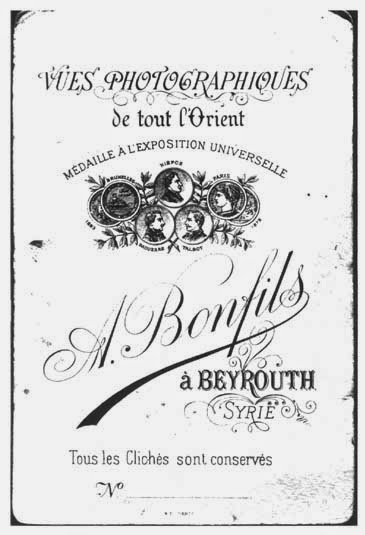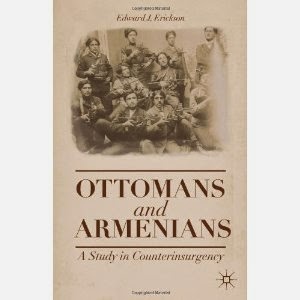 Mounument of Philopappos, Athens, Konstantinos Athanasiou, ca. 1875, albumen print. Gary Edwards collection of photographs of Greece, The Getty Research Institute (92.R.84)
Mounument of Philopappos, Athens, Konstantinos Athanasiou, ca. 1875, albumen print. Gary Edwards collection of photographs of Greece, The Getty Research Institute (92.R.84) Mavi Boncuk |
Konstantinos Athanasiou (dates unknown) was born in Constantinople (Istanbul). From 1875 to 1905 he operated photography studios in Athens, working exclusively in the field of archaeological photography. He specialized in making bas–relief photographs and stereographs, and at some point acquired Dimitris Konstantinou's negatives. Although not well known in Greece, Athanasiou's work was known throughout the European archaeological community.
Dimitris Konstantinou (dates unknown) was one of the earliest Greek photographers. His involvement with photography began in 1854 when he assisted James Robertson and Felix Beato during their visit to Greece. Konstantinou opened his own studio in 1858, specializing in photographs of ancient monuments for the tourist trade, and was the first photographer to work with the Greek Archaeological Society. He participated in various international exhibitions, receiving a silver medal at the first Olympia Exhibition in 1859 and a bronze medal at the 1867 Paris Exposition Universelle. Konstantinou signed his work with various Latinized forms of his name including: D. Costantin, D. Constantin, and D. Constantine, as well as Demetre Constantin and Demetre Constantinidis.
Philippos Margarites (1810–1892), born in Smyrna (Izmir), Turkey, is considered the first professional Greek photographer. He studied painting in Rome, and in 1842 he became a drawing teacher at the School of Arts in Athens. Margarites learned how to make daguerreotypes from Philibert Perraud who visited Athens in 1846–1847. In 1849 Margarites opened the first photography studio in Athens. In addition to daguerreotype portraits, he made the earliest photographic studies of women in traditional Greek costumes, which he often colored by hand. Margarites went on to work in all of the early photographic processes, producing salt, calotype, wet collodion, and albumen prints. In January 1855 his photographs of the Acropolis, included in an art exhibition at the Polytechnic School, were the first photographs to be on public display in Greece. That same year he was the first Greek to show photographs in an exhibition outside the country, winning a second–class medal at the Paris Exposition Universelle. From 1862 onward Margarites traveled extensively, leaving his studio to be run by his partner Ioannis Konstantiniou. In 1878 a third partner, Ioannis Lambakis, was added to the firm.
SOURCE


![[picture!]](http://archive.archaeology.org/0105/abstracts/jpegs/athens1a.jpeg)

























